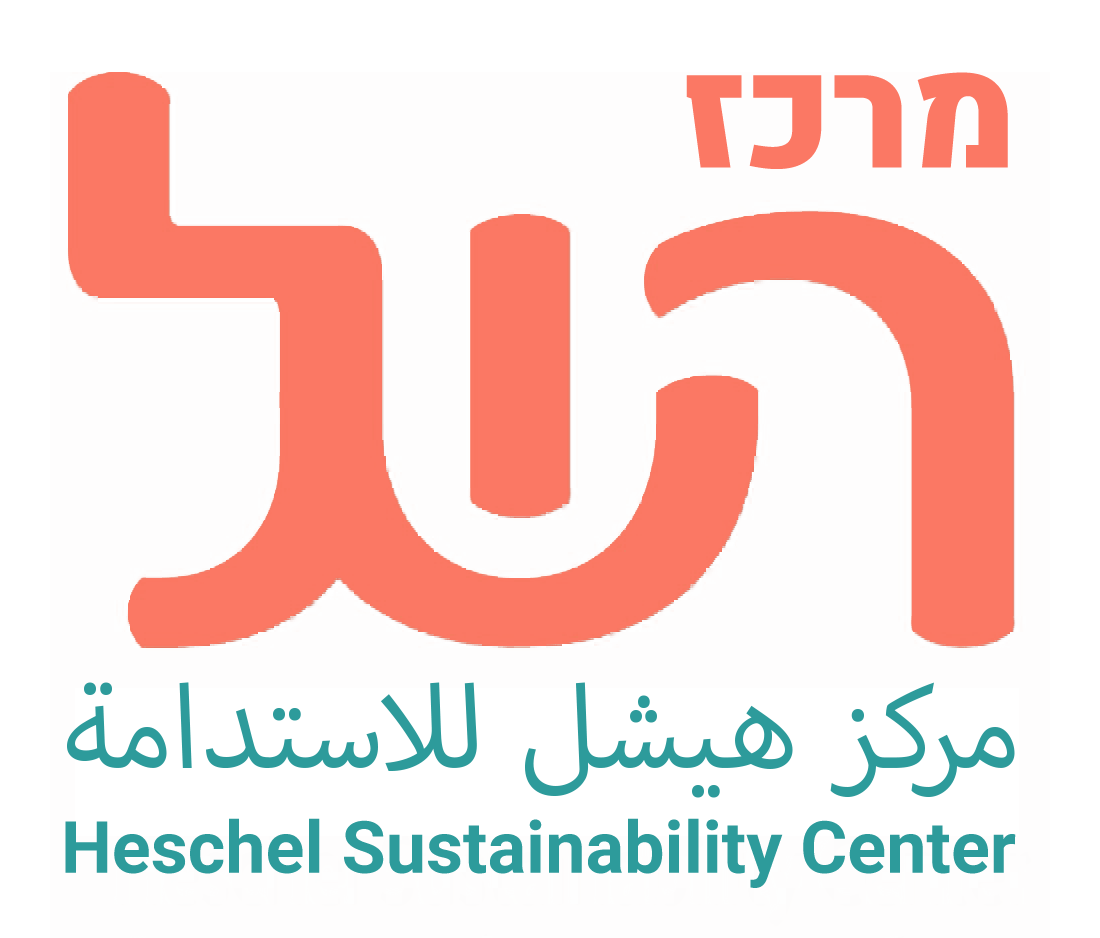Energy saving lighting, bicycle lanes, green construction and many other sustainable projects were installed in Bizaron-Ramat Israel, the first sustainable neighborhood in Tel Aviv. This pilot created collaboration between all of the stakeholders in the neighborhood – residents, local businesses and employees – in order to implement projects with the vision of sustainability. Tel Aviv municipality now promotes additional sustainable neighborhoods in the city.
According to the plan, each neighborhood will have sustainable projects such as: energy saving street lights, carbon emissions reducing activities, funding composters, source separation centers, a coommunity garden with biological alernatives to pesticides, etc.
Uriel Babcyck, director for sustainable construction and a Heschel Fellowship Alumnus has initiated the program within the municipality. Says: “The municipality doesn’t have a direct influence on what residents do inside their homes, but it creates a platform for them that would encourage them to promote sustainability”, he says,”at the end of the day, it is supposed to be a package of activities that the city implements and the residents initiate. There had been a great deal of excitement from the idea because they understand that this collaboration will also directly reduce their bills.
The Model:
A Sustainable neighborhood is a place that allows its residents to live a good, healthy life. It is based on the sustainability principle that combines and balances between environmental, social and economic values. In environmental values in emphasizes nature protection, saving resources, preventing pollution and high level planning to improve the wellbeing of the residents. In social-community topics it focuses on the need to create a sense of belonging, encouraging active citizenship, participatory governance in planning and management, and human diversity. In economic-commercial topics it brings about values of joint space usage, creating local employment opportunities, developing the local economy and promoting local businesses.
The Process
 Examples of projects promoted as part of the pilot
Examples of projects promoted as part of the pilot

The impact
At the neighborhood level
- Community infrastructure was created, Increased community involved
- Improving public spaces infrastructure
- Increase in awareness to sustainable lifestyles
- Increased residents satisfaction from municipality
At the municipality level
- The 10 channels model was adopted as the main strategy for sustainability in the Tel Aviv municipality, and it improved the collaboration between departments inside the municipality
- Total of Eight sustainable neighborhoods
- Visibility of Tel Aviv’s work around sustainability
At the National Level
- Two more municipalities adopted the model
Photos from the Pilot
